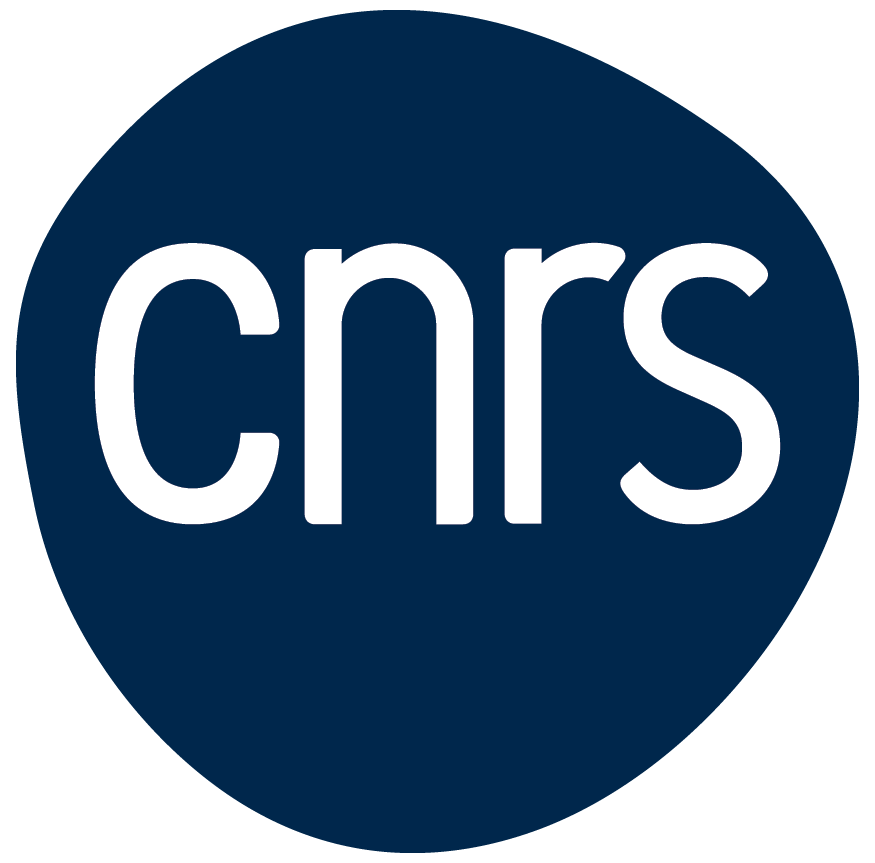[Matériaux covalents produits des d'agrégats]
We review the properties of covalent clusters-based materials in relation to free cluster properties, namely carbon, silicon and mixed carbon clusters. These properties are understood in terms of quantum size especially the so called rehybridization effect. We show that low energy cluster beam deposition is a powerful technique to prepare unusual bonding.
Des matériaux covalents sont produits à partir du dépôt d'agrégats de carbone, silicium voire d'agrégats mixtes silicium–carbone. Ces agrégats préformés en phase gazeuse sont issus d'une source à vaporisation laser. Les films sont produits par la technique LECBD (Low Energy Cluster Beam Deposition, dépôt à faible énergie). Suivant la nucléation dans la source, différents isomères sont obtenus, isomères ayant des propriétés électroniques différentes. La structure des films est sondée par différentes techniques : spectroscopies Auger et de photo émission X, Raman, absorption X près du seuil (XAS, EXAFS), … Dans le cas d'agrégats ayant la forme d'une « cage », la plupart des propriétés peuvent être discutées en termes de réhybridation. Les exemples discutés montrent que l'on peut obtenir des films dont les caractéristiques sont très différentes des phases massives correspondantes. Ces propriétés sont d'une part liées l'élaboration d'agrégats dans des conditions hors équilibre thermodynamique et d'autre part, aux effets quantiques de tailles.
Accepté le :
Publié le :
Mots-clés : agrégats covalents, effets quantiques de tailles
Patrice Mélinon 1 ; Bruno Masenelli 1 ; Alain Perez 1 ; Michel Pellarin 2 ; Michel Broyer 2
@article{CRPHYS_2002__3_3_273_0,
author = {Patrice M\'elinon and Bruno Masenelli and Alain Perez and Michel Pellarin and Michel Broyer},
title = {Covalent clusters-based materials},
journal = {Comptes Rendus. Physique},
pages = {273--288},
year = {2002},
publisher = {Elsevier},
volume = {3},
number = {3},
doi = {10.1016/S1631-0705(02)01316-6},
language = {en},
}
TY - JOUR AU - Patrice Mélinon AU - Bruno Masenelli AU - Alain Perez AU - Michel Pellarin AU - Michel Broyer TI - Covalent clusters-based materials JO - Comptes Rendus. Physique PY - 2002 SP - 273 EP - 288 VL - 3 IS - 3 PB - Elsevier DO - 10.1016/S1631-0705(02)01316-6 LA - en ID - CRPHYS_2002__3_3_273_0 ER -
Patrice Mélinon; Bruno Masenelli; Alain Perez; Michel Pellarin; Michel Broyer. Covalent clusters-based materials. Comptes Rendus. Physique, Volume 3 (2002) no. 3, pp. 273-288. doi: 10.1016/S1631-0705(02)01316-6
[1] Acc. Chem. Res., 32 (1999), p. 407
[2] J. Phys. C, 15 (1982), p. 377
[3] Nature (London), 318 (1985), p. 162
[4] Bull. Soc. Chim. France, 7 (1968), p. 2637 2 (1971) 379
[5] Int. J. Mod. Phys. B, 139 (1995), p. 339
[6] Phys. Rev. B, 44 (1991), p. 3926
[7] Phys. Rev. Lett., 74 (1995), p. 4694
[8] J. Phys. Chem., 98 (1994), p. 1810
[9] J. Phys. Chem., 97 (1993), p. 8182
[10] , Advanced Series in Fullerenes, 1–5, Word Scientific, Singapore, 1992-1997
[11] J. Am. Chem. Soc., 108 (1986), p. 2837
[12] Phys. Rev. B, 46 (1992), p. 7169 (and references therein)
[13] Diamond and Related Materials, 10 (2001), p. 182
[14] Phys. Rev. B, 61 (2000), p. 14005
[15] Phys. Rev. B, 63 (2001), p. 121405R
[16] Phys. Rev. B, 64 (2001), p. 754141
[17] Phys. Rev. Lett., 67 (1991), p. 773
[18] Phys. Rev. Lett., 71 (1993), p. 1184
[19] Appl. Phys. Lett., 70 (1997), p. 1980
[20] Phys. Rev. B, 54 (1996), p. 9703
[21] J. Chem. Phys., 107 (1997), p. 10278
[22] Phys. Rev. Lett., 64 (1990), p. 551
[23] Phys. Rev. Lett., 72 (1994), p. 665
[24] Phys. Rev., 136 (1964), p. 864
[25] Phys. Rev., 140 (1965), p. 1133
[26] Phys. Rev. B, 56 (1997), p. 6958
[27] Phys. Rev. B, 58 (1998), p. 12590 (and references therein)
[28] Phys. Rev. B, 7 (1973), p. 2644
[29] Appl. Phys. Lett., 60 (1992), p. 1004
[30] Novel Refractory Semiconductors (D. Emin; T.L. Aselage; C. Woods, eds.), MRS Symposia Proceedings, No 97, Materials Research Society, Pittsburgh, 1987
[31] J. Non-Cryst. Solids, 169 (1994), p. 37
[32] Phys. Rev. Lett., 80 (1998), p. 5365
[33] J. Chem. Phys., 110 (1999), p. 6927
[34] J. Chem. Phys., 112 (2000), p. 8436
[35] J. Chem. Phys., 108 (1998), p. 4607
[36] Nanostructured Materials, 4 (1994), p. 759
[37] J. Vac. Sci. Technol. A, 19 (2001), p. 2024
[38] Phys. Rev. Lett., 71 (1993), p. 4170
[39] J. Non-Cryst. Solids, 266 (2000), p. 740
[40] Phys. Rev. Lett., 78 (1997), p. 4442
[41] Phys. Rev. B, 57 (1998), p. 1860
[42] Phys. Rev. B, 40 (1989), p. 9636
[43] Phys. Rev. B, 50 (1994), p. 10666
[44] Phys. Rev. Lett., 72 (1994), p. 2648
[45] Phys. Rev. B, 59 (1999), p. 10099
[46] Phys. Rev. B, 58 (1998), p. 16481
[47] P. Mélinon, P. Kéghélian, A. Perez, J.L. Rousset, A.M. Cadrot, A. Malhomme, A.J. Renouprez, F.J. Cadete Santos Aires
[48] Chem. Phys. Lett., 211 (1993), p. 337
[49] F. Tournus, B. Masenelli, P. Mélinon, X. Blase, A. Perez, M. Pellarin, M. Broyer, A.M. Flanck, P. Lagarde, submitted
[50] Phys. Rev. Lett., 70 (1993), p. 3079
[51] Phys. Rev. B, 43 (1991), p. 1993
[52] Phys. Rev. B, 48 (1982), p. 1425
[53] J. Phys.: Condens. Matter, 8 (1996), p. 3859
[54] Int. J. Quantum Chem., 65 (1997), p. 453
[55] Phys. Rev. B, 58 (1998), p. 7565
Cité par Sources :
Commentaires - Politique



